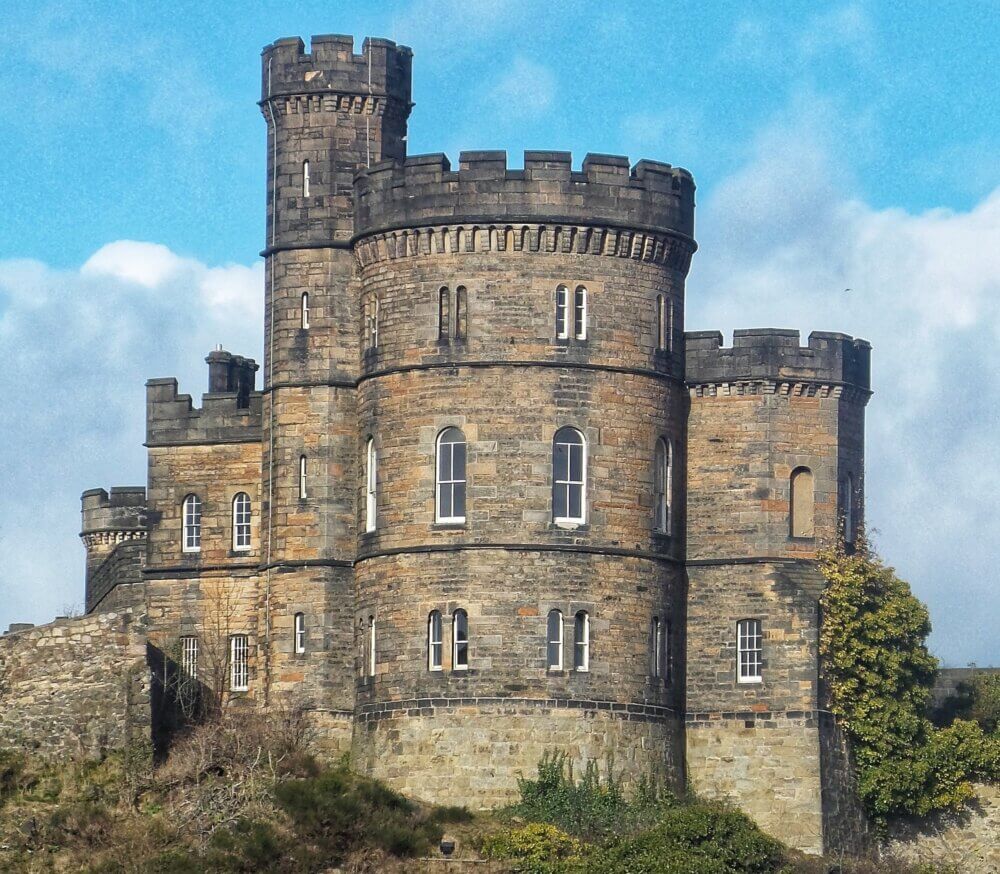6 Fun Historical Outings Around Mid Norfolk
For a real taste of local history on your next adventure in North Norfolk with a senior, our team recommends that you stop by one of these great locations.

Getting out and about in your local area is a great way to stay engaged, active and happy in senior years. Don’t confine your days out to the present, instead take a trip to the past and discover some of the fun to be had reminiscing and learning together with curious elderly relatives.
Gressenhall Farm & Workhouse
In Gressenhall village, just outside of Dereham, is the experience that is Gressenhall Farm & Workhouse Museum. There is so much to do and learn here, the museum allows you to stand in an evocative workhouse setting, face to face with projections of staff and inmates, and listen to the first-hand stories, often tragic, but also inspirational, from the people who once walked these whitewashed corridors.
Gressenhall’s farm used to produce food for the inmates at the workhouse. Today, the farm showcases a range of rare breed animals, sheep, pigs, cows, chickens, the finest Suffolk Punch Draught Horses, and traditional farming techniques. There is plenty of accessible routes around the site, so everyone can enjoy. With an on-site café and plenty of things to do for all the family, make Gressenhall a day out for the whole family to remember, and learn something new.
Castle Acre & Castle Acre Priory
Castle Acre, a quiet rural village in Norfolk, boasts an extraordinary wealth of history. It is a rare and complete survival of a Norman planned settlement, including a castle, village, parish church, and one of the best-preserved monastic sites in England, Castle Acre Priory. All the work of a great Normal baronial family, the Warennes, mainly during the 11th and 12th Centuries. Castle Acre Castle was founded soon after the Battle of Hastings by the first William de Warenne, a close associate of William the Conqueror. It is a superb and well-preserved example of a motte-and-bailey castle and remains one of the most impressive Norman earthworks in the country.
The Priory dates back to 1090, the home of the first Cluniac order of monks to England. With an interactive exhibition, incredible architecture, and plenty of places to have a picnic, it makes for a fun and educational family day out. There are routes around the castle which are wheelchair accessible, including the lower hall of the central remains. However, much of the terrain undulates, so a trip around the priory may be more suitable for those requiring a little more assistance to move about.
Oxburgh Hall
Oxburgh Hall is a moated country house in Oxborough, Norfolk. The hall was built for Sir Edmund Bedingfield and has been home to the Bedingfield family for over 500 years, visit for guided tours or make your own way around the grounds and the exhibitions available, including a priest hole, used during the Elizabethan era.
Step inside to discover the legacy of the 6th Baronet, from the Victorian Gothic interiors to the ornate architectural additions that reflect a romantic view of Oxburgh’s medieval past. Outside, the gardens are a mixture of formal and wilderness, with the kitchen garden, orchard and herbaceous border adding colour and seasonal interest.
Oxborough St John
You can also explore the nearby church, Oxborough St John, not to be overlooked. In the autumn of 1948, the powerful tower, and it’s 150ft spire, tottered and crumbled in a morning of high winds onto the church below. The early 16th Century Bedingfield Chapel at the east end of the south aisle was lucky to survive the damage.
The former tower and nave area are now grassed over, with the north arcade and aisle walls retained as a sort of colonnade evocative of classical ruins. This creates a rather lovely overall effect, like a cluster of clerical buildings in a garden. With a lovely pub across the road and plenty of accessible access this is a truly not a trip to be missed.
St Withburga’s Well
St Nicholas’ Church in Dereham was founded by St Withaburga in AD654. Outside the west door is St Withburga’s Well, a holy spring, where the Saint was first buried. The water sprang from the grave of St Withburga when her bones were removed to Ely Cathedral. It was an important pilgrim shrine in Saxon times. The churchyard is a beautiful and peaceful place to spend an afternoon relaxing.
A service is held at the well on the first Sunday in July when water from the well is blessed and sprinkled onto the congregation. Near to the well is a memorial to a French prisoner of war who was shot in 1799 while trying to escape from the bell tower. The bell tower, used as a prison at that time, was a holding point during the transportation of the prisoners.
There’s plenty of history to be experienced around Mid Norfolk and no shortage of easy to reach attractions that are as unusual as they are interesting. Don’t fall into the rut of going to the same old modern places on every outing – a little learning alongside a day out can be what really makes it shine! As well as being great for younger members of the family.